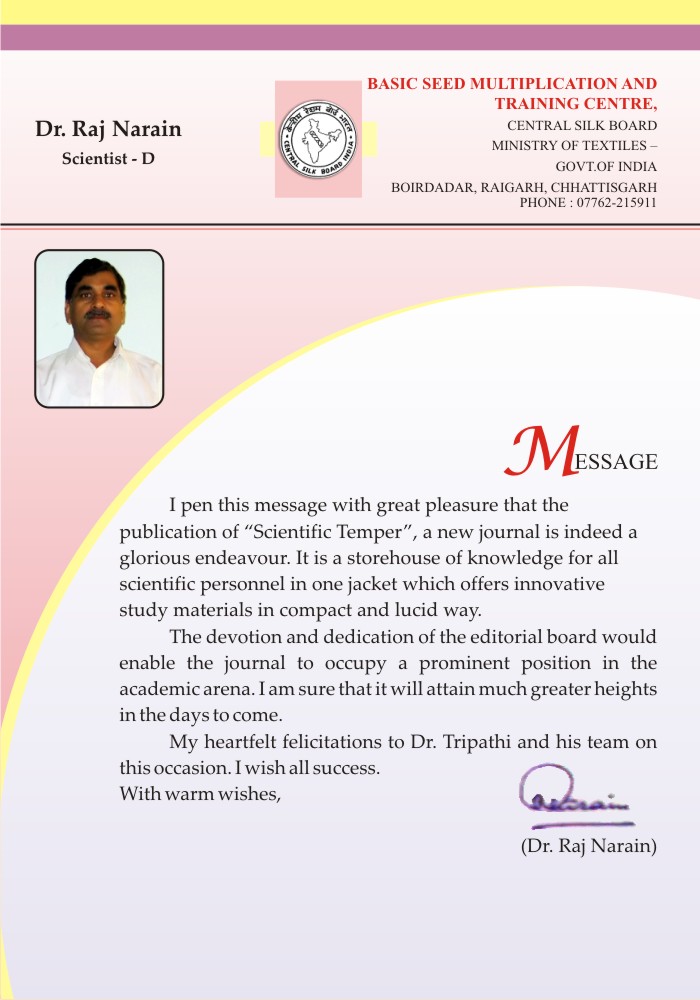ROLE OF ANTHROPOGENIC EMISSIONS IN CLIMATE CHANGE
Downloads
Published
DOI:
https://doi.org/10.58414/SCIENTIFICTEMPER.2010.01.1.39Keywords:
.Dimensions Badge
Issue
Section
License
Copyright (c) 2023 The Scientific Temper

This work is licensed under a Creative Commons Attribution-NonCommercial-ShareAlike 4.0 International License.
Climate change is any long-term significant change in the expected patterns of average weather of a specific region (or more relevantly to contemporary sociopolitical concerns, of the Earth as a whole) over an appropriately significant period of time. Climate change reflects abnormal variations to the expected climate within the Earth’s atmosphere and subsequent effects on other parts of the Earth, such as in the ice caps over durations ranging from decades to millions of years. Increased carbon dioxide levels are thought to exacerbate the heating effects of the Greenhouse Effect by reducing the re-radiation of heat from the sun and, therefore, increasing the temperature contained in the atmosphere. The climate of the Earth is always changing. In the past it has altered as a result of natural causes. The changes we have seen over recent years and those which are predicted over the next 80 years are thought to be mainly as a result of human behaviour rather than due to natural changes in the atmosphere. The present paper focuses on different type of anthropogenic emissions and how it contributes and its major role in changing our climateAbstract
How to Cite
Downloads



